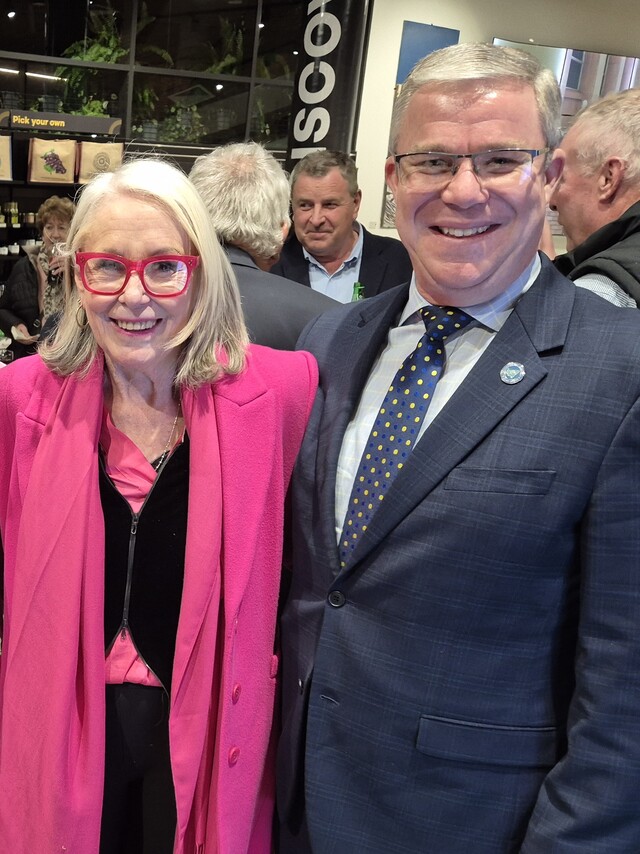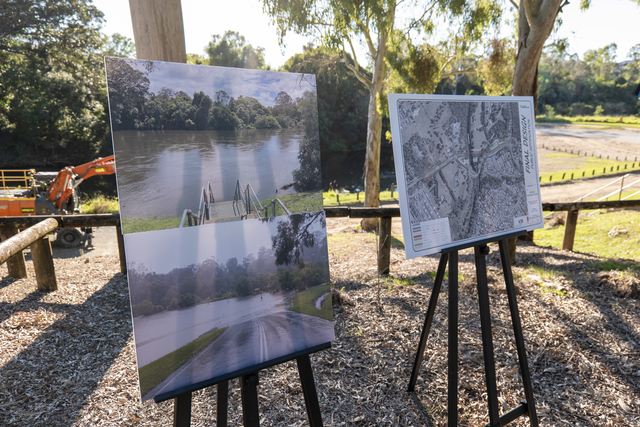Catering for the times ahead
With the amalgamation of Local Government areas in the northwest of NSW creating the new Liverpool Plains Shire Council in mid 2004, new opportunities to better utilise existing assets were quickly explored.
In conjunction with picking up the requirement to upgrade the flood safety of the newly acquired Quipolly Dam, Council added the desire to increase the storage capacity of the dam to be included in the designing and construction phases of the upgrade project.
In investigating the option of increasing the amount of water stored in Quipolly Dam, Council is looking to address some important issues relating to the security of supply in its two largest urban areas.
“We were presented with some challenges that needed to be thought out strategically to better utilise the situation of having to do construction work on the dam for the flood capacity upgrade,” said the Director of Works, Greg Tory. “These challenges could not be described as unique for most rural Local Governments. The view was taken that a different line of thinking was definitely required following the amalgamation to provide a solution to those challenges.”
Council assessed that having just experienced one of the biggest droughts on record along with the potential for elevated urban growth due to mining exploration for coal and gas, the security of additional water was definitely on the long term agenda. Other issues such as the capacity of the water treatment plant, the age of the existing delivery pipeline, and the impacts of climate change added to the need to look at the bigger picture.
All these issues, as well as the need for flexibility in operating these supplies, were included in the concept of the Regional Water Supply project.
Constructed in 1955 by the then Peel Shire Council, Quipolly Dam was built to service the town of Werris Creek. The dam is situated on Quipolly Creek and lies approximately half way between the towns of Quirindi and Werris Creek.
The proximity of the dam in conjunction with the required upgrade formed the centre piece of the regional scheme. Incorporating an interconnecting pipeline between the two towns added options not available to the two stand alone systems. This pipeline in conjunction with a new water treatment plant located between the two towns will facilitate transfer of treated water to both or either of the towns depending on operational needs.
This flexibility when interconnected with the existing Quirindi water supply system also boosts the drought proof capacity of the combined systems.
Construction of a new water treatment plant provides an opportunity to increase capacity and utilise modern treatment techniques not available to the old plant to improve water quality.
“Although not fully designed yet the concept is quite sound and Council has already commenced the design phase of the dam upgrade,” said Water Services Manager, Rodney Batterham. “This will enable meeting the Dam Safety Committee’s timeframe for compliance on the safety work as well as facilitating the increase in storage capacity works under the same construction contract saving construction costs”.
The project has been developed around a ten year staging program.







